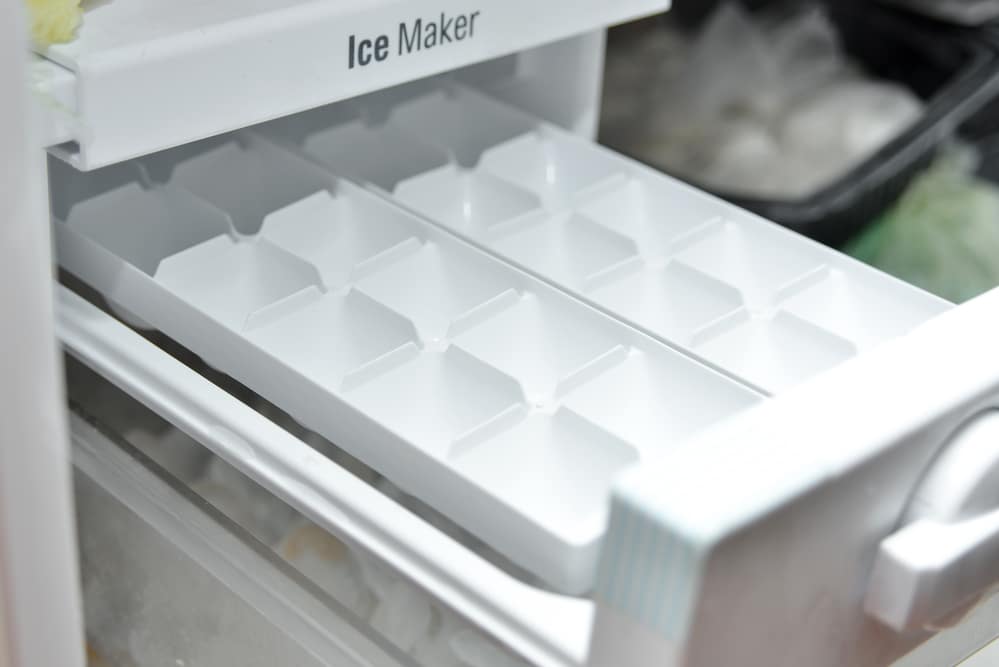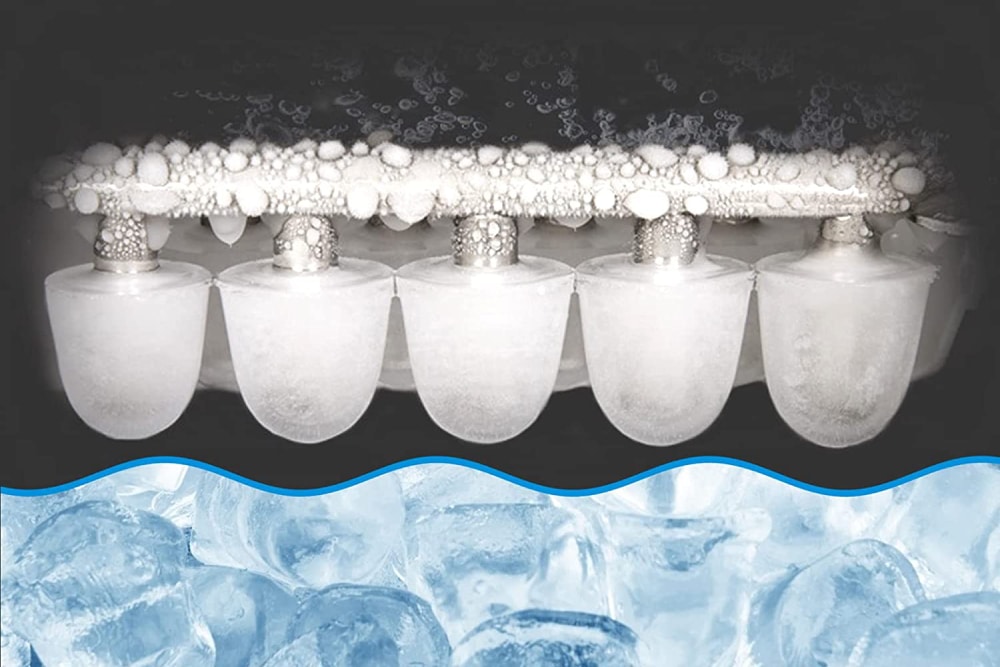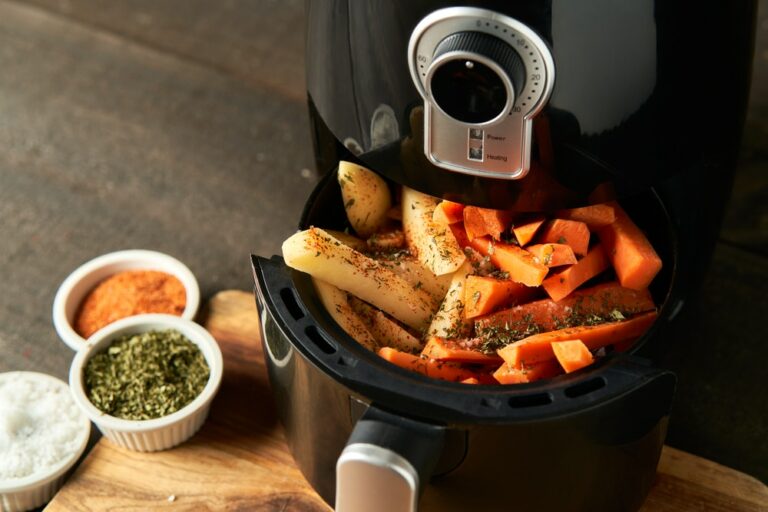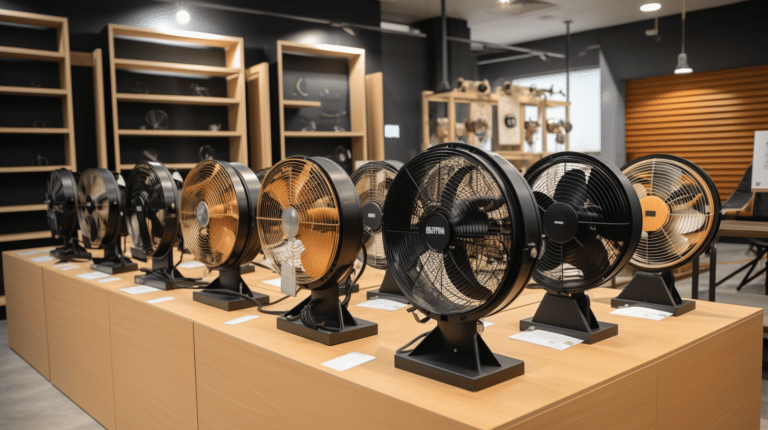Ice makers are one of the most undervalued home appliances. They’re great for creating quick, convenient ice when you need it most. You don’t have to refill ice cube trays or go to the store just because you want a cold drink at home.
While they come in handy on a hot summer day, they also demand a lot of electricity and can quickly ramp up your energy bill if not used responsibly. Understanding an ice maker’s power consumption will help you know how to use it most efficiently and save money.
So, how much electricity does an ice maker use? Keep reading to learn more.
Ice Maker Types and Their Electricity Consumption
Various ice makers are available, each with a distinct energy efficiency rating.
Portable Ice Makers
This is the most common ice maker type, especially in small spaces such as apartments and summer homes. They come with their own tanks; in most households, you’ll find them on kitchen counters for easy access.
Due to their small size, portable ice makers use less electricity than other models, about 350 kilowatt hours (kWh) per month, depending on usage. For example, if the cost of electricity in your area is around £0.12/kWh, a typical monthly electric bill for a household with this device will be £42.
And with energy-efficient technology, newer models consume even less, saving you money while minimizing your carbon footprint.
Commercial Ice Makers
Typically found in hospitals, hotels, or large establishments, commercial ice makers are designed to produce massive amounts of ice quickly. One of these machines can make up to 500 lbs. of ice in a single day.
Surprisingly, their monthly energy consumption is still around 350 kilowatt hours (kWh), comparable to portable ice makers. Despite their energy efficiency, commercial ice makers require more space which may be unfeasible for residential or smaller businesses.
Refrigerator Ice Makers

Some refrigerators come equipped with a built-in icemaker, making them an excellent choice for those with limited counter space or storage capacity. The good news is that it’s easy to calculate how much electricity your refrigerator icemaker consumes.
First, check for the “EnergyGuide” sticker on your fridge’s back to find its power output (in watts). For example, if it has a 450-watt power output, divide that by 1,000 to get the kilowatts usage per hour, which should be 0.45 kWh.
Next, multiply your fridge’s power output per hour by the electricity price in your area to get the total energy cost per hour. In the UK, this translates to 18.64 pence per kWh (about $0.23 per kWh). When multiplied by 0.45 kWh, the hourly energy usage equals 8.39 pence per kWh ($0.10/kWh).
Although this energy bill covers two appliances (the refrigerator and the ice maker), it’s still high compared to a portable ice maker.
Water Cooled Ice Makers
A water-cooled ice maker relies on water to transfer heat from the condenser coils, allowing them to operate at lower temperatures. As a result, they use less power than air-cooled ice machines.
Sadly, this isn’t the case with their water conservation. Typically, a water-cooled ice machine requires 100 gallons of water to make a meagre 100 pounds of ice.
Air Cooled Ice Makers
These ice makers don’t require water to run but rely on air to remove the heat from the condenser coils. The trade-off is that these machines save you money on water bills, which can sometimes be higher than your electricity costs. Still, they can cost you a lot in energy expenses annually.
How to Save Energy Costs When Using Ice Makers
If you have a portable ice maker, there are a few ways to save money on your electricity bill.
Use Chill Water
Ice machines work by cooling water as it’s pumped through the evaporator to create ice cubes. The colder the water, the less energy it takes to freeze and make ice cubes.
Keep It Out of Direct Sunlight
Direct sunlight raises the ambient temperature around the ice machine, leading it to work harder and consume more power. Instead, place your machine in a shady area away from open windows or doors.
Maintain Cleanliness
Like any other kitchen appliance, an ice machine requires routine cleaning to operate effectively. If left unchecked, dirt will accumulate over time, slowing the freezing process and wasting energy. Worse, it may damage the components of your unit, resulting in pricey repairs.
Allow Airflow
Heat builds up inside your ice maker without proper ventilation, forcing it to use even more power while running. Make sure you don’t crowd your ice machine or put anything that may impede airflow near it.
Buy a High-Quality Ice Maker
While the initial cost may be higher, a quality ice machine is worth the investment in the long run. These units are more durable, efficient, and easier to maintain than cheaper models. Before making a purchase, research the unit consumption rate and energy-saving features.
What Voltage Does the Ice Maker Use?
Most ice makers operate on a standard 120-volt power outlet, while others may work with 220v depending on the manufacturer’s instructions.
You may ask, why 120v outlets? They’re the most common in residential homes and businesses. If you’re unsure about the voltage in your home or workplace, consult an electrician before purchasing an ice maker.
Nevertheless, all imported and local ice machines must meet the standard regulations for safety set by bodies such as the UK Office for Product Safety and Standards. Manufacturers often display their certifications to reassure consumers that they’re operating within the law.
Is It Cheaper to Buy Ice or Make It?
Whether it’s cheaper to buy ice from a store or make it home depends on various factors. Store-bought ice costs roughly £1 for a 2-kg bag. If you’re not a regular ice user, buying ice may be the best option for your wallet.
However, if you love convenience, you’ll want to invest in an ice maker. While they’re more expensive up front, they can save you money in the long run with their efficiency and low maintenance requirements. Plus, once you factor in the time savings, it could be cheaper than buying bags of ice.
Furthermore, you can control the hygienic quality of your ice. Some store-bought ice may not be International Packaged Ice Association (IPIA) certified, putting you at risk of foodborne illness. Making ice at home is also worth considering if electricity bills are not a concern.
Does Turning off an Ice Maker Save Energy?
Turning off your ice maker can save you energy and money in the long run. It also safeguards your home or establishment from freeze-ups or spills that may occur during a power outage or if left unattended.
However, this energy-saving strategy is only applicable if you’re planning for an extended leave or break. Starting an ice maker requires kickstart energy to warm it up. Repeatedly shutting it off and on in short intervals will lead to increased power consumption.
On average, an ice maker requires about 200 watts of this energy to start. If you switch it on three times per day, it’ll use 600 watts. That’s almost twice the monthly energy of running the appliance itself. Instead of all the fuss, invest in an automatic ice maker with a built-in timer.
Are Ice Makers Worthy to Buy?
Ice makers typically use roughly 350 kilowatt hours (kWh) of power per month. However, this may vary depending on the brand, model, frequency of use, maintenance, and whether or not it incorporates fuel-saving technologies. Remember to do due diligence before making a purchase decision to avoid disappointment.







